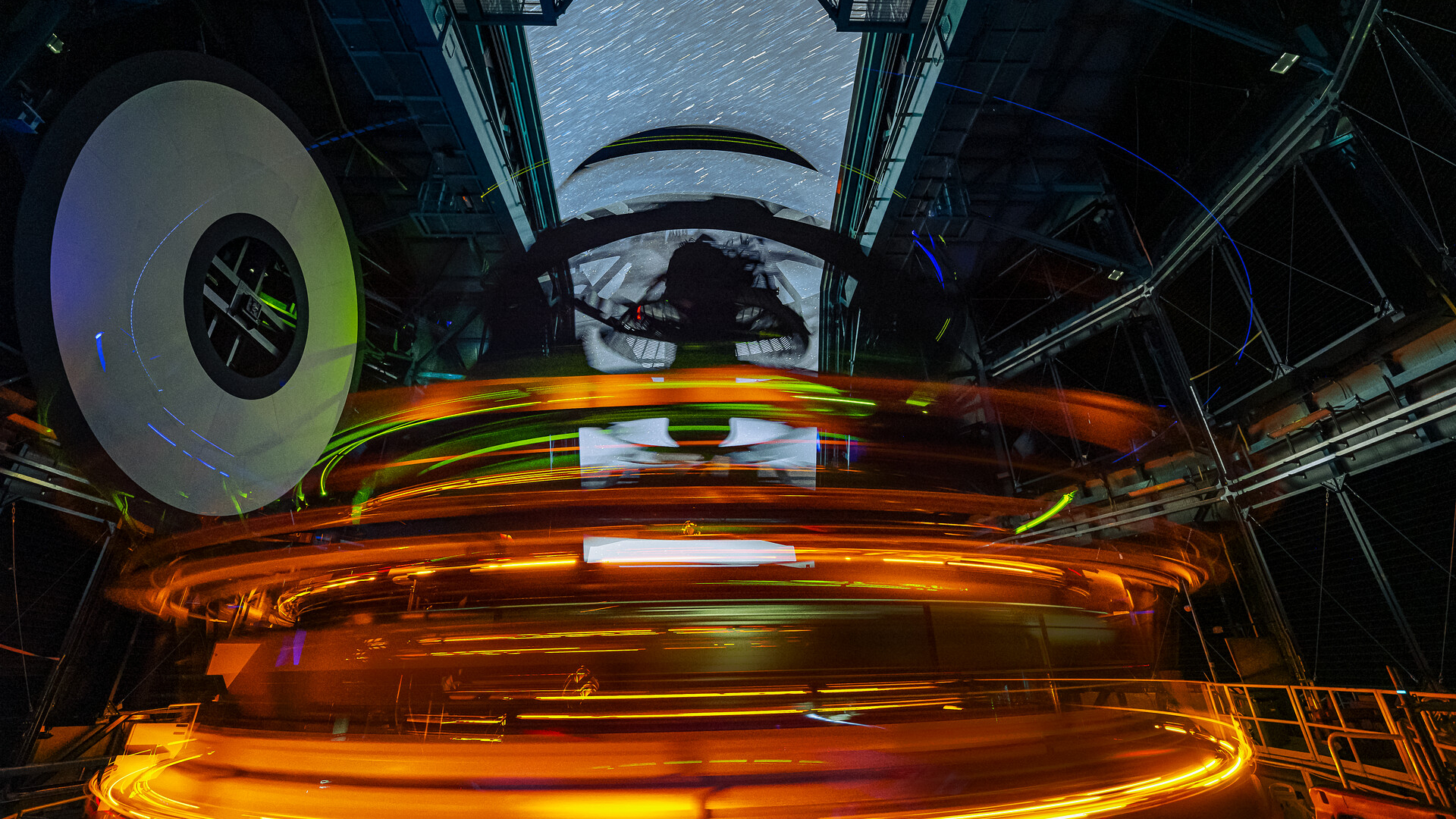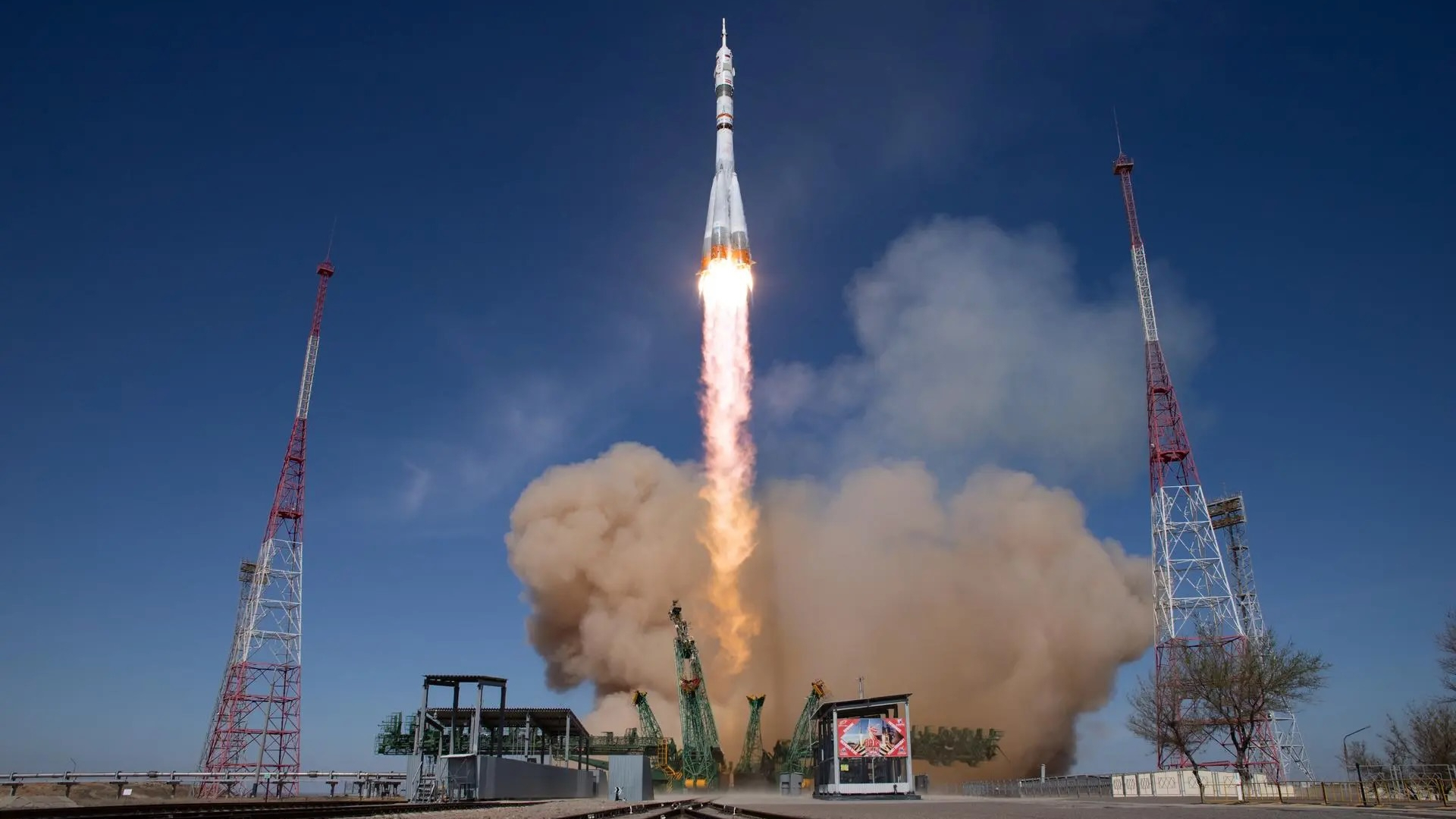Rubin Observatory spins beneath the stars | Space photo of the day for Oct. 13, 2025
The long-exposure image shows just how fast the Simonyi Survey Telescope moves.

The Vera C. Rubin Observatory has begun its decade-long survey to scan the entire night sky every three days. To do this, it uses the Simonyi Survey Telescope and the Legacy Survey of Space and Time (LSST) camera, the world's largest digital camera.
What is it?
Together, the telescope and camera work to make this process as efficient as possible. The Simonyi Survey Telescope has an advanced drive system that allows it to move more quickly than any other telescope of its size, completing an exposure and repositioning itself for the next image in as little as five seconds, allowing Rubin to scan the sky at an unprecedented pace.
Similarly impressive, the LSST camera has a massive focal plane that can cover an area of the sky 45 times larger than the full moon with every exposure, building an ever-expanding record of a universe in motion.
Where is it?
This long-exposure image was taken at the Vera C. Rubin Observatory at Cerro Pachón in Chile.
Why is it amazing?
The glowing streaks in this long-exposure image show how often and how fast the Simonyi Survey Telescope spins as it scans the night skies. This scanning will continue for years to come as the Vera Rubin Observatory continues its Legacy Survey of Space and Time flagship project. Over the course of a decade, Rubin will repeatedly scan the entire visible sky, creating a dynamic portrait of cosmic change in the universe.
The LSST is designed to track the shifting positions of asteroids and other near-Earth objects, monitor the flickering of stars and capture the explosive brilliance of supernovae. Beyond these immediate discoveries, Rubin will also probe some of the most profound mysteries in modern science: the nature of dark matter and dark energy.
Want to learn more?
You can learn more about the Rubin Observatory and dark matter.
Breaking space news, the latest updates on rocket launches, skywatching events and more!
Kenna Hughes-Castleberry is the Content Manager at Space.com. Formerly, she was the Science Communicator at JILA, a physics research institute. Kenna is also a freelance science journalist. Her beats include quantum technology, AI, animal intelligence, corvids, and cephalopods.
You must confirm your public display name before commenting
Please logout and then login again, you will then be prompted to enter your display name.

